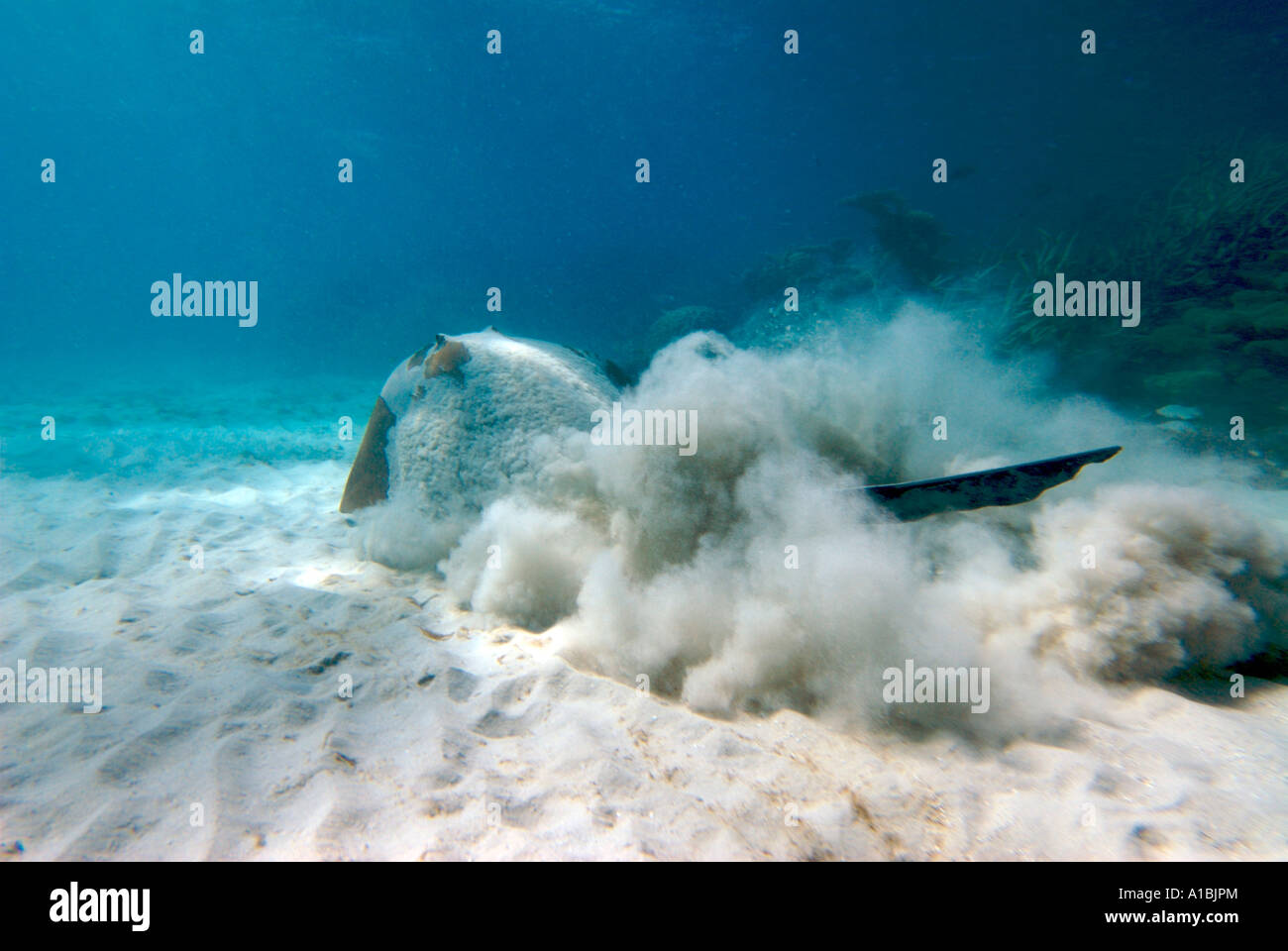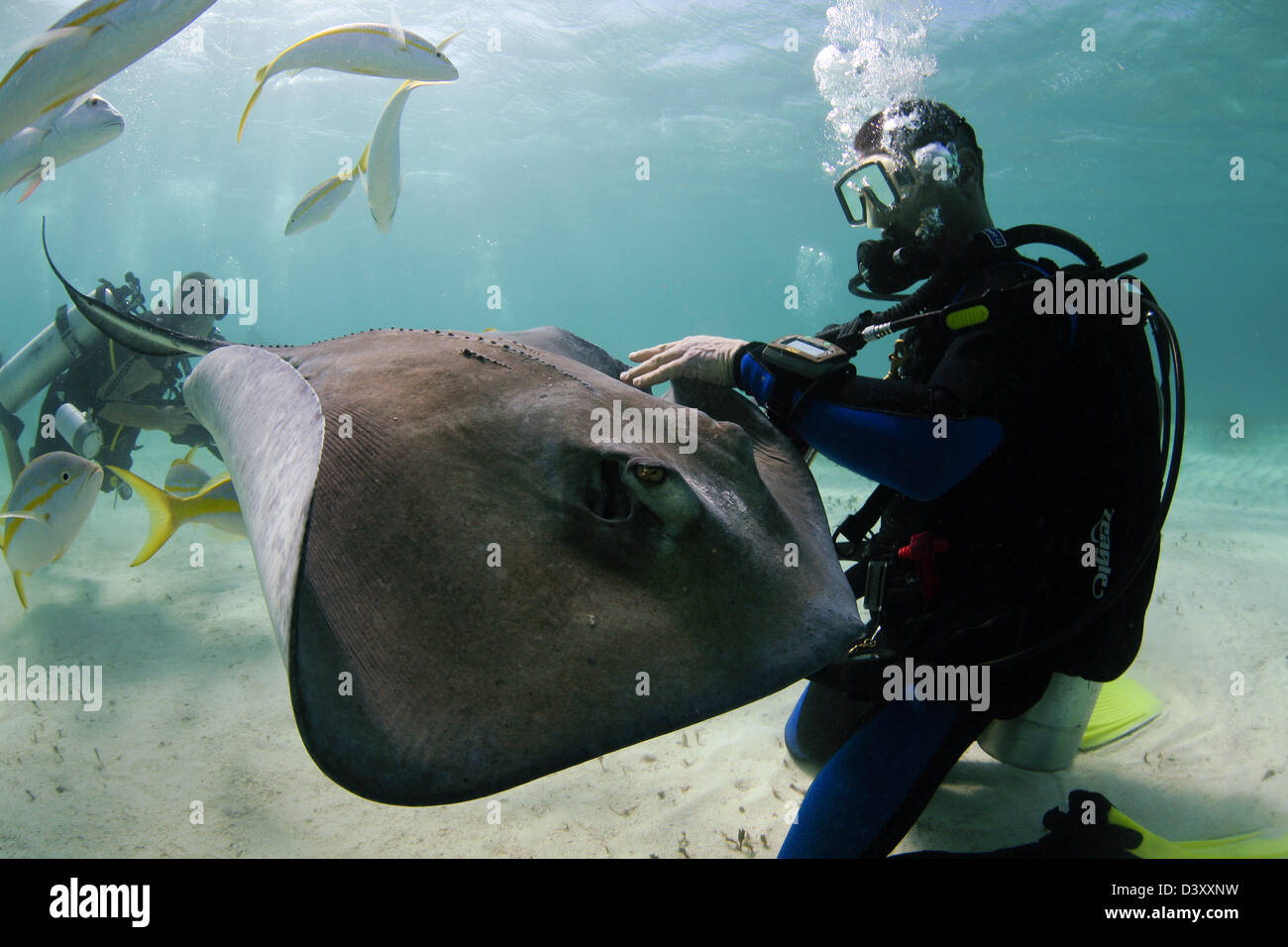Irwins Stingray A Comprehensive Dive Into The Fascinating World Of This Marine Wonder
Let’s dive straight into the deep blue world of the irwin stingray, a marine creature that has captured the imagination of ocean enthusiasts worldwide. This majestic stingray is more than just a fascinating sea creature; it’s a symbol of the ocean's mysterious beauty. Imagine swimming alongside one of these gentle giants, feeling the water glide smoothly as you marvel at its graceful movements. It's like meeting a star of the underwater world, and trust me, it’s an experience that stays with you forever right
Now, if you’re anything like me, the moment you hear about the irwin stingray, your mind starts racing with questions. What makes this stingray so special? How does it differ from other stingrays? And most importantly, why does it seem like it’s holding secrets that the ocean itself doesn’t want to reveal? Well, buckle up, because we’re about to embark on an exciting journey into the world of this marine wonder.
Whether you’re a marine biologist, an avid diver, or just someone who loves learning about the mysteries of the ocean, the irwin stingray has something to offer. In this article, we’ll be exploring everything from its habitat and behavior to its role in marine ecosystems. So grab your snorkel, and let’s get ready to dive deep!
Read also:Aditya Roy Kapoor Father Name Unveiling The Legacy Of A Bollywood Powerhouse
Here’s a quick glance at what we’ll cover in this comprehensive guide:
- What Exactly Is the Irwin Stingray?
- The Irwin Stingray's Habitat
- Physical Characteristics
- Behavioral Patterns
- Role in Marine Ecosystems
- Conservation Status
- Fun Facts About the Irwin Stingray
- Human Interaction and Threats
- How You Can Help Protect These Creatures
- Final Thoughts
What Exactly Is the Irwin Stingray?
Alright, let’s get down to business. The irwin stingray, scientifically known as Urogymnus asperrimus, is a species of stingray that belongs to the family Dasyatidae. Now, don’t let the scientific jargon scare you off because this creature is anything but boring. The irwin stingray is named in honor of the late Steve Irwin, a conservationist who dedicated his life to protecting wildlife and educating people about the wonders of the natural world.
This stingray is often found in the Indo-Pacific region, gliding gracefully through the waters like it owns the place. It’s not just its size that makes it stand out; it’s the way it moves, almost like a dancer on the ocean floor. If you’re lucky enough to spot one, you’ll realize why it’s considered one of the ocean's most mesmerizing creatures.
But here’s the kicker—despite its majestic presence, the irwin stingray remains relatively mysterious to scientists. There’s still so much we don’t know about this marine wonder, which makes studying it all the more exciting. And who knows? Maybe one day, you’ll be the one uncovering some of its secrets.
Why Is It Called the Irwin Stingray?
Now, you might be wondering why it’s called the irwin stingray. Well, it’s a tribute to Steve Irwin, the Crocodile Hunter himself. Steve was known for his passion for wildlife and his commitment to conservation, and naming this species after him is a way of honoring his legacy. The irwin stingray serves as a reminder of the importance of protecting our oceans and the incredible creatures that call them home.
The Irwin Stingray's Habitat
So, where does this amazing creature hang out? The irwin stingray primarily calls the warm waters of the Indo-Pacific its home. From the coral reefs of Australia to the sandy bottoms of Southeast Asia, this stingray knows how to pick its spots. It loves hanging out in shallow waters, where it can easily find food and stay safe from predators.
Read also:The Ultimate Guide To The Green Goblin Villainy Legacy And Influence
But here’s the thing—the irwin stingray isn’t just a beach bum. It’s also been spotted in deeper waters, proving that it’s quite the adventurer. Whether it’s cruising along the ocean floor or taking a leisurely swim near the surface, this stingray knows how to make the most of its surroundings.
And let’s not forget about the importance of its habitat. The coral reefs and sandy bottoms where the irwin stingray lives are crucial for its survival. These environments provide food, shelter, and a place to reproduce. Without them, the irwin stingray wouldn’t be able to thrive.
What Makes Its Habitat Unique?
The habitat of the irwin stingray is unique because it’s a mix of different ecosystems. From coral reefs to seagrass beds, this stingray gets the best of both worlds. The coral reefs provide a source of food and protection, while the seagrass beds offer a place to rest and hide from predators. It’s like having a five-star resort in the middle of the ocean.
Physical Characteristics
When it comes to looks, the irwin stingray is a real showstopper. With its wide, flat body and long tail, it’s a sight to behold. The average size of an irwin stingray is around 1.5 meters in diameter, but some can grow even larger. Imagine that—swimming alongside a creature that’s almost as big as you are!
Its coloration is another thing that sets it apart. The irwin stingray has a sandy-brown color on its top side, which helps it blend in with the ocean floor. On the underside, it’s a pale white, making it almost invisible when viewed from below. It’s like nature’s own camouflage expert.
And let’s talk about that tail. The irwin stingray’s tail is long and whip-like, equipped with a venomous barb at the end. While it’s not aggressive by nature, the stingray will use its barb as a last resort if it feels threatened. So, if you ever find yourself swimming with one, remember to keep your distance and respect its space.
Why Is Its Tail So Important?
The tail of the irwin stingray is more than just a cool feature; it’s a vital part of its survival toolkit. The venomous barb at the end of its tail is used for defense against predators. It’s like having a built-in security system that keeps unwanted visitors at bay. But here’s the thing—the irwin stingray doesn’t use its barb lightly. It prefers to avoid conflict and will only use it if it feels absolutely necessary.
Behavioral Patterns
Now, let’s talk about how the irwin stingray behaves. This stingray is a nocturnal creature, meaning it’s most active during the night. During the day, it likes to chill out on the ocean floor, often burying itself in the sand to stay hidden from predators. It’s like having a personal spa day, but underwater.
When it comes to feeding, the irwin stingray is a bottom feeder. It uses its keen sense of smell to locate food, often digging around in the sand to find tasty morsels like shrimp and crabs. It’s like a treasure hunt, but with a much better prize at the end.
And here’s something cool—the irwin stingray is known for its social behavior. It often forms groups with other stingrays, creating a kind of underwater community. It’s like having a neighborhood watch, but with fins instead of fences.
How Does It Interact With Other Marine Life?
The irwin stingray is generally a peaceful creature, getting along with most of its ocean neighbors. However, it’s not without its enemies. Sharks and larger fish see the irwin stingray as a potential meal, which is why it’s always on the lookout. Despite this, the irwin stingray manages to maintain a harmonious relationship with its surroundings, proving that even in the wild, coexistence is possible.
Role in Marine Ecosystems
The irwin stingray plays a crucial role in marine ecosystems. As a predator, it helps control the population of smaller marine creatures, maintaining a balance in the food chain. It’s like the ocean’s version of a garden keeper, ensuring that everything grows and thrives in harmony.
But its role doesn’t stop there. The irwin stingray also contributes to the health of coral reefs and seagrass beds. By digging around in the sand, it aerates the ocean floor, allowing oxygen to reach the roots of seagrass and promoting healthy coral growth. It’s like having a personal landscaper for the ocean.
And let’s not forget about its importance to tourism. The irwin stingray is a major attraction for divers and snorkelers, bringing in revenue and creating jobs in coastal communities. It’s a win-win situation for both the stingray and the people who depend on it.
Why Is It Important for Conservation?
The irwin stingray is a key player in the conservation of marine ecosystems. By maintaining a balance in the food chain and promoting healthy habitats, it ensures the survival of countless other species. Protecting the irwin stingray means protecting the entire ecosystem, and that’s something we should all be invested in.
Conservation Status
Now, let’s talk about the conservation status of the irwin stingray. Unfortunately, like many marine creatures, it’s facing threats from human activities. Overfishing, habitat destruction, and pollution are just a few of the challenges it has to contend with. It’s like trying to swim upstream with a heavy weight tied to your tail.
But here’s the good news—efforts are being made to protect this amazing creature. Conservation organizations are working tirelessly to raise awareness and implement measures to safeguard the irwin stingray and its habitat. It’s a battle worth fighting, and one that we can all contribute to.
And let’s not forget about the role of individuals. By making small changes in our daily lives, like reducing plastic use and supporting sustainable fishing practices, we can help ensure a brighter future for the irwin stingray and the ocean as a whole.
What Can We Do to Help?
There are plenty of ways you can help protect the irwin stingray. Start by educating yourself and others about the importance of marine conservation. Support organizations that are working to protect marine life, and make conscious choices that reduce your impact on the environment. Every little bit helps, and together, we can make a difference.
Fun Facts About the Irwin Stingray
Here are some fun facts about the irwin stingray that might surprise you:
- It can live up to 25 years in the wild.
- Its tail can grow up to twice the length of its body.
- It’s one of the largest species of stingray in the world.
- It has a unique way of breathing that allows it to stay buried in the sand for long periods.
These facts just scratch the surface of what makes the irwin stingray so fascinating. The more we learn about it, the more we realize how incredible it truly is.
Human Interaction and Threats
Human interaction with the irwin stingray is a double-edged sword. While it brings in tourism and raises awareness, it also poses threats to the stingray’s survival. Overfishing and habitat destruction are just a few of the issues that need to be addressed. It’s like walking a tightrope, trying to balance the benefits with the risks.
But here’s the thing—by being responsible and respectful, we can minimize the negative impact of human interaction. It’s all about finding a way to coexist with the irwin stingray and the other amazing creatures of the ocean.
What Are the Biggest Threats?
The biggest threats to the irwin stingray include overfishing, habitat destruction, and pollution. These issues are caused by human activities and can have devastating effects on marine ecosystems. It’s up to us to take action and protect the irwin stingray before it’s too late.
How You Can Help Protect These Creatures
Protecting the irwin stingray is something that everyone can contribute to. Whether it’s through supporting conservation efforts, reducing plastic use, or spreading awareness, every little bit helps. It’s like planting a tree—the impact might not be immediate, but it’s definitely worth it in the long run.
And here’s the best part—by protecting the irwin stingray, you’re also helping to protect countless other species that depend on the same ecosystems. It’s like a ripple effect, where one small action can create waves of positive change.
Final
Article Recommendations


